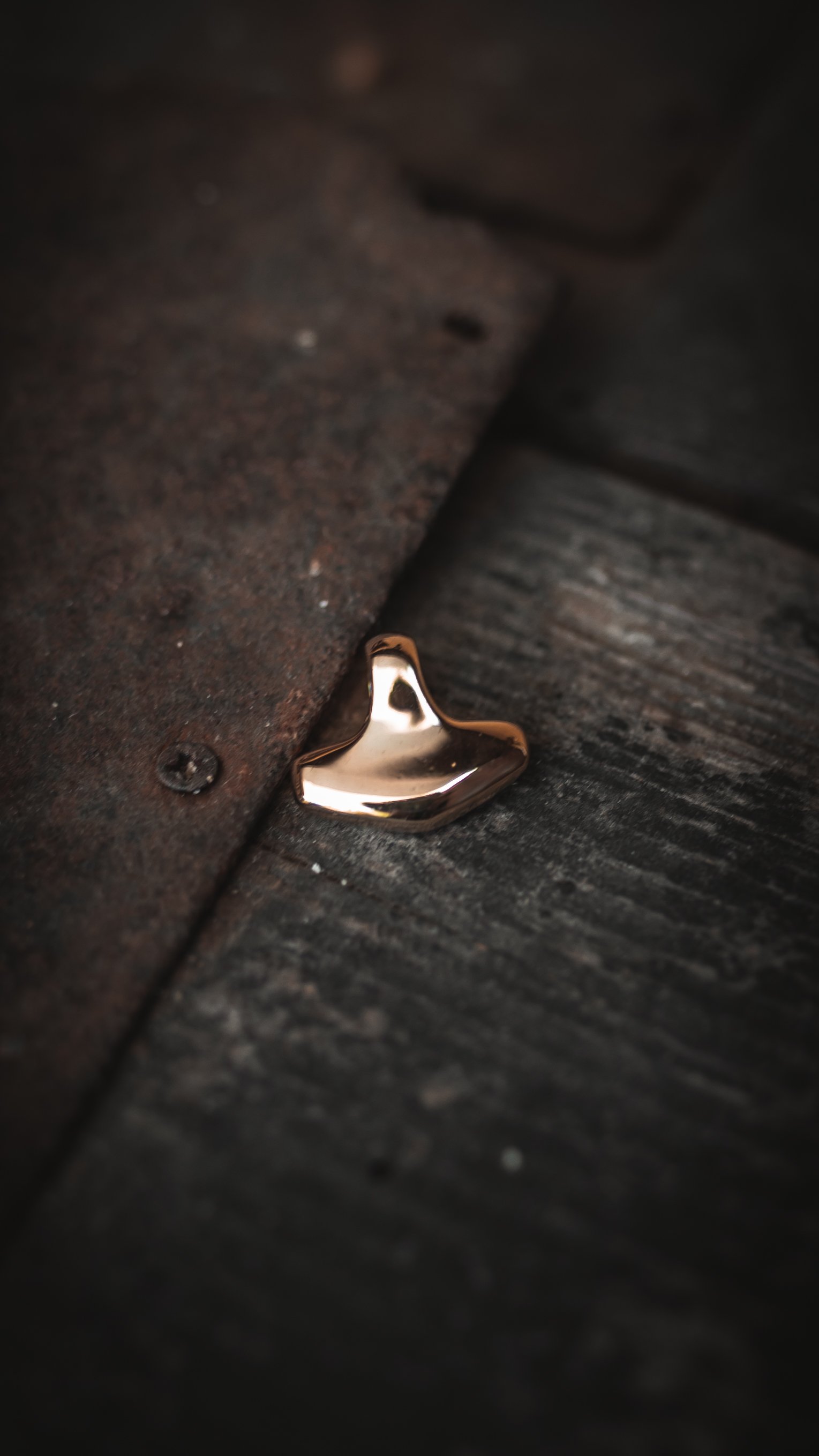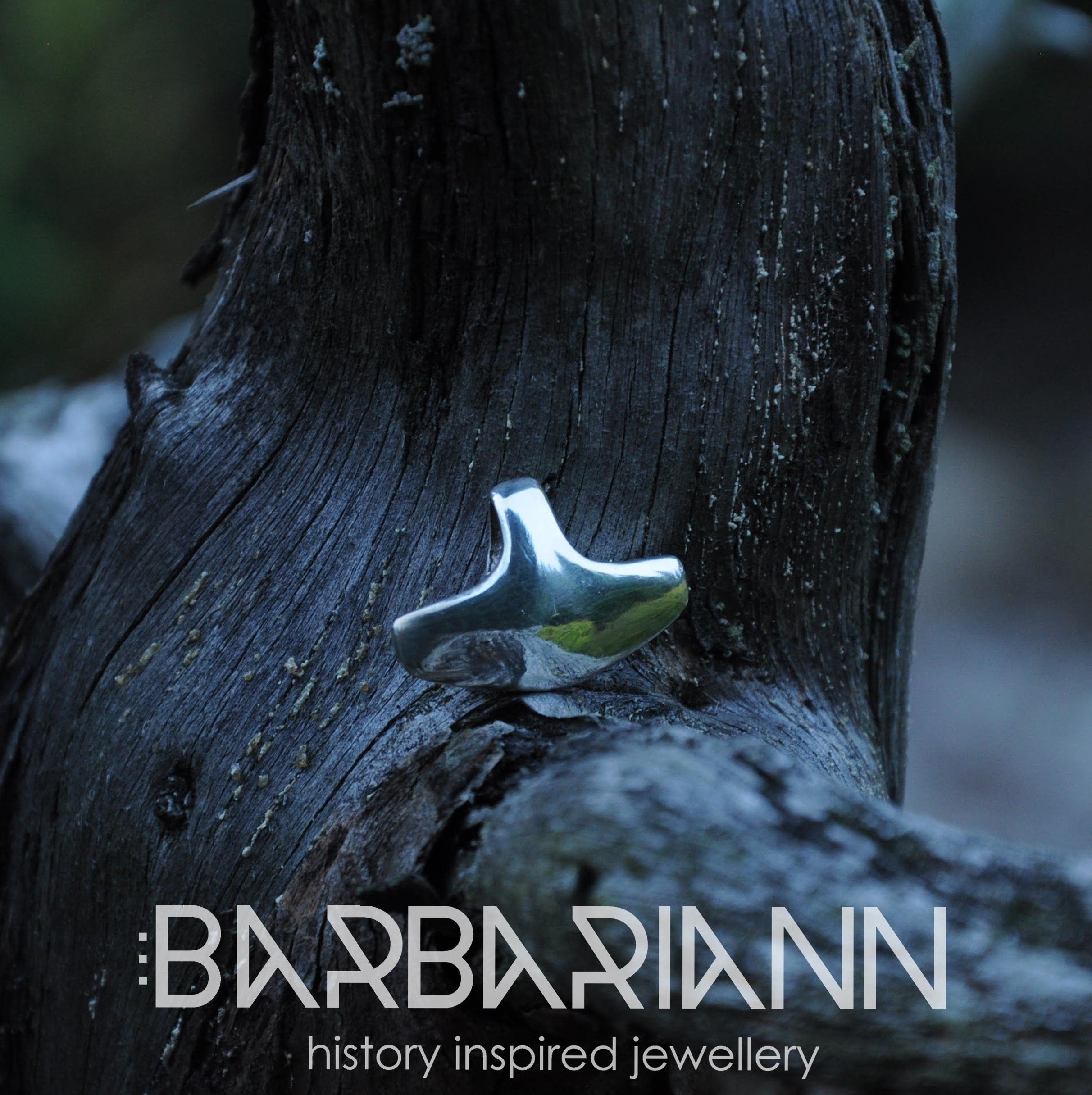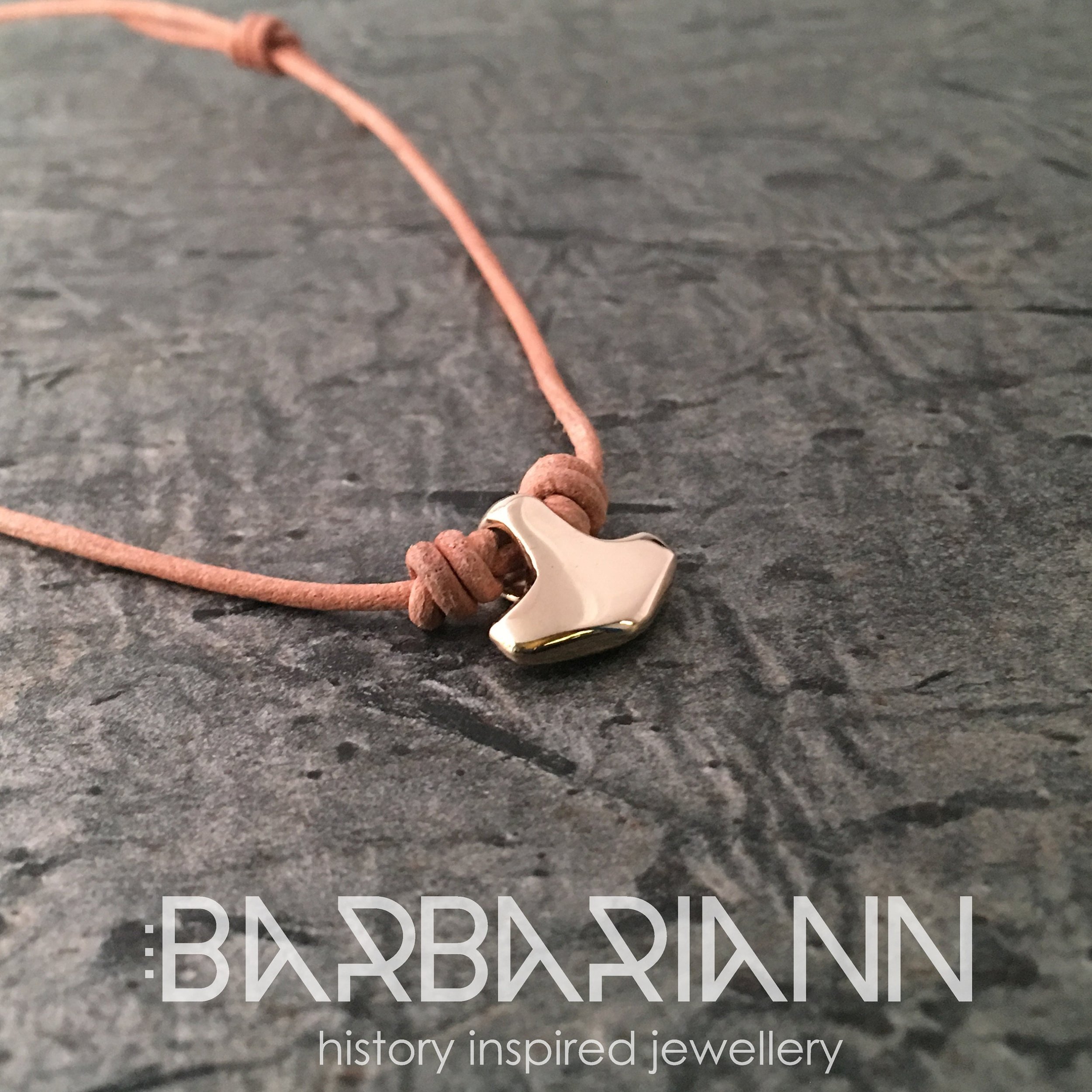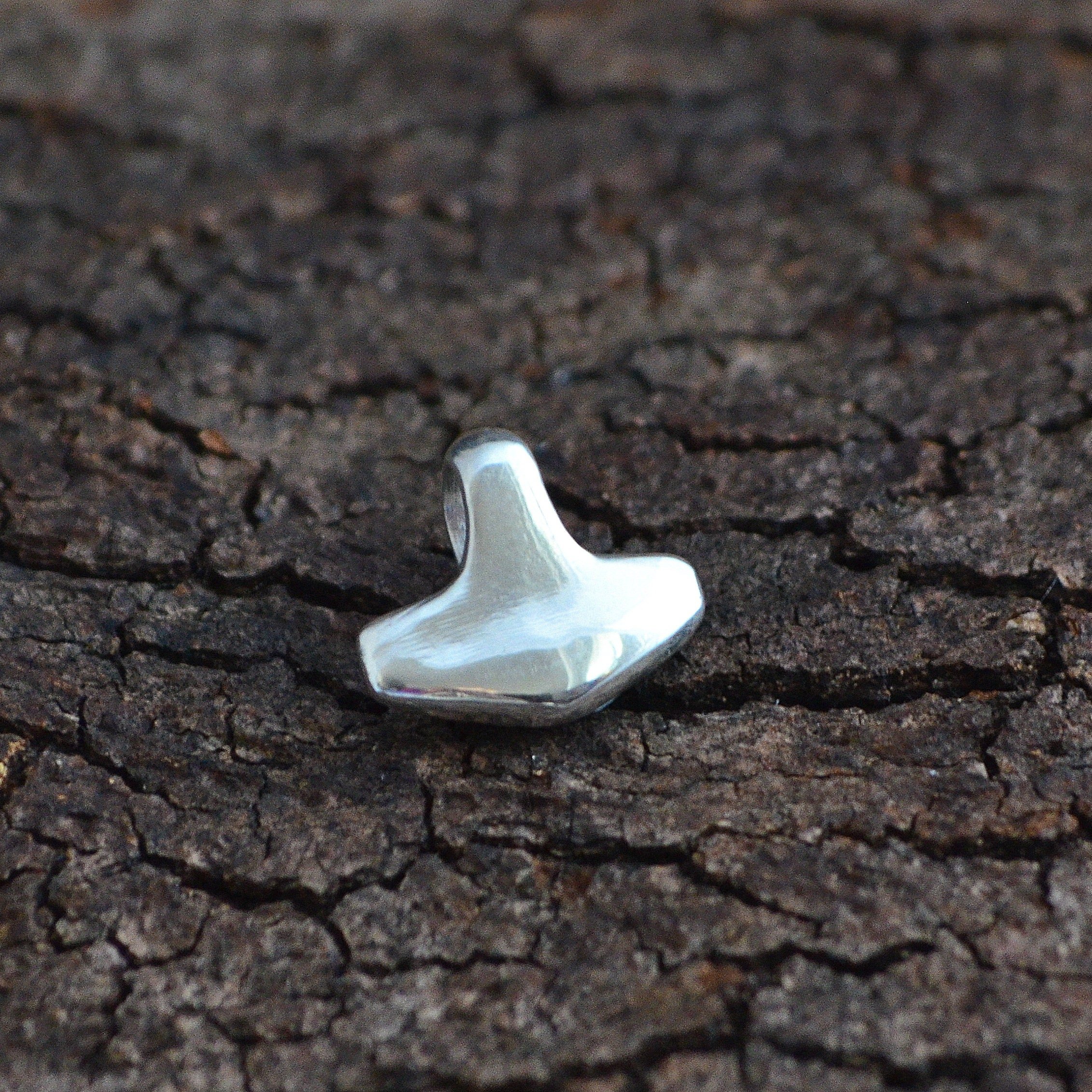The Russian connection: who were the Rus Vikings? Part 1
In popular culture in recent years, there is a lot of focus on the Viking raids and Scandinavian expansion to places like modern day Britain, France, Iceland and even North America. But few people know that the Vikings were active as raiders, traders, mercenaries and even Kings along the Eastern Way, on the Volga river, deep into Slav, Khazar and Byzantine territory. Let’s take a dive into the fascinating history of the Rus Vikings or, Varangians, as they were called in these parts.
It all begins in Ladoga
First along the waterway trade route to the east, and just a few oar-strokes away from the Baltic sea along the Niva River, we find the trade outpost Aldeigja (old Ladoga), where viking presence can be dated as early as the 750's. With some evidence of the Rus collecting tribute from neighbouring tribes, Ladoga was soon to become one of the most important trade towns, connecting Scandinavia to the vast lands of the east. The movement and involvement of the Rus in the east was such, that in 860, they managed to mount a forceful attack on the capital of the East Roman Empire at that time, laying siege to Byzantium itself. By year 950, Old Ladoga was to become the most important trade town in Eastern Europe, trading riches from as far away as the Caspian Sea and Baghdad. A wealth of archeological finds has been discovered in Ladoga, including Thor’s Hammers and the oldest Arab coin to be discovered in Europe.
A tale of 3 brothers
By the mid 800's the Slavic and Finnic tribes in the Ladoga and Novgorod area have pushed back the Varangians, but their new found freedom resulted in a period of unrest and tribal squabbles. As a result, at least that is what’s stated in the Primary Chronicle, in 862, the tribes called out to the Rus, asking them to come and rule over them, restoring the order. This resulted in the arrival of 3 brothers: Rurik, Sineus and Truvor. Rurik first settled in Ladoga, making it his capital, while the other brothers settled the territories around Lake Beloye and Izborsk. Later, Rurik continued to expand his rule down the river to the south and east, to the Novgorod area. The brothers Truvor and Sineus seem to have died shortly after, leaving their respective territories to Rurik’s rule.
Ladoga continued to be a major trade town, one of the many stops on the road from the Baltic Sea and the Swedish island of Gotland, to the very heart of the eastern Roman Empire, with its legendary capital of many names: New Roma, Miklagard, Tsargrad or, more famously Isanbul, Byzantium and Constantinopole. A route that by the 870’s was already a busy highway with the earliest Varangians serving in the Byzantine court attested as early as 874.
In the next chapters we will explore famous Scandinavians who made their wealth and a name for themselves in the court of the Roman Emperor, Rurik’s rule and that of his ruthless son, Oleg and the curious description of a ship burial ritual by the Arab Emissary Ahmad Ibn Fadlan.
Please take a moment to explore our Ladoga Hammers, modelled after actual archaeological finds from Old Ladoga excavations.





